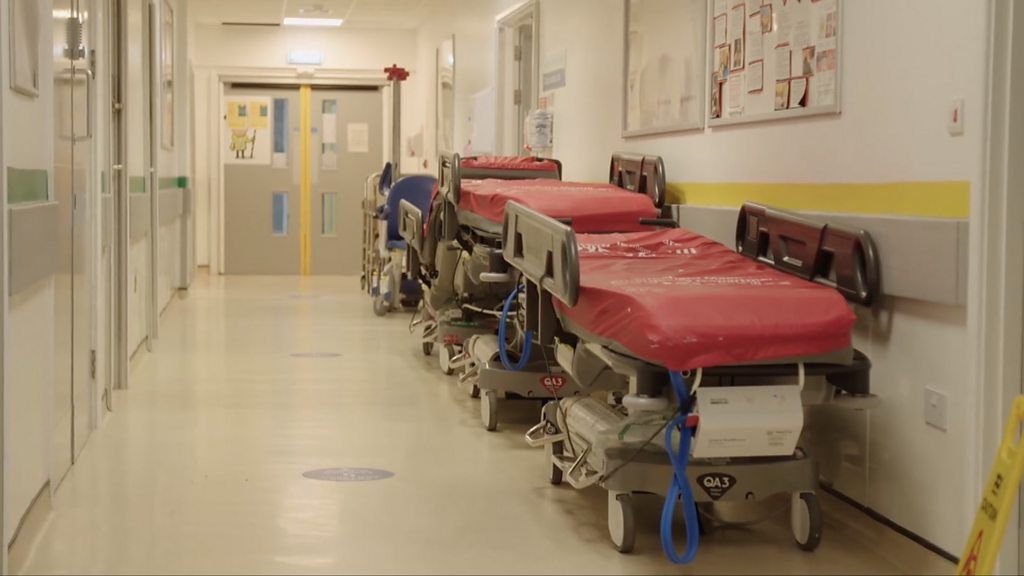The UK government has announced a new plan to hire more than 300,000 skilled healthcare workers to fill up the lack of workforce in the National Health Service (NHS).
The plan, which was unveiled by Prime Minister Rishi Sunak and NHS chief executive Amanda Pritchard, is the first ever Long Term Workforce Plan for the NHS and aims to address the current and future staffing challenges in the health service.
Why is this plan needed?
The NHS is facing a chronic shortage of staff, with around 112,000 vacancies across England. The growing and ageing population, coupled with new treatments and therapies, means that without action, the gap could grow up to 360,000 by 2037. This would affect the quality and safety of patient care, as well as the morale and wellbeing of staff.
The NHS also spends a lot of money on expensive agency staff, which could be reduced by having a more stable and permanent workforce. The plan estimates that by reducing reliance on agency staff, the NHS could save around £10 billion between 2030/31 and 2036/37.
The plan also recognises that the NHS has always relied on the skills and dedication of staff who have come from around the world, and that there will always be a place for them. However, with demand for healthcare staff rising globally, the UK needs to train and retain more homegrown talent.

What are the main features of the plan?
The plan is based on three key principles: train, retain and reform. It sets out how the NHS will:
- Train more staff by doubling medical school training places to 15,000 by 2031, increasing GP training places by 50% to 6,000 by 2031, and almost doubling adult nurse training places by 2031, with 24,000 more nurse and midwife training places a year by 2031. The plan also puts a greater emphasis on apprenticeships, including for doctors, and says medical degrees could be shortened.
- Retain more staff by giving them more flexibility, control and support in their professional development. The plan also aims to improve working conditions, culture and leadership in the NHS, as well as offering more opportunities for career progression and diversity.
- Reform the way staff work by making better use of new technologies, such as artificial intelligence and virtual wards. The plan also aims to expand new roles, such as nurse associates and physician associates, so that the most qualified staff can focus on the most complex needs. The plan also supports more integrated and multidisciplinary working across health and social care.
How will this plan be funded?
The government has backed the plan with over £2.4 billion to fund additional education and training places over five years on top of existing funding commitments. This will enable half a million trainees to begin clinical training by 2028, on a path to increase by over 60% by 2031.
The plan also expects that by having a more stable and permanent workforce, the NHS will save money on agency staff and improve productivity and efficiency.
What are the expected outcomes of the plan?
The plan sets out long term workforce projections for the first time. It estimates that by implementing the plan, the NHS could have at least an extra 60,000 doctors, 170,000 more nurses and 71,000 more allied health professionals in place by 2036/37.
This would mean that the NHS would be able to provide better care for patients, reduce waiting times and tackle health inequalities. It would also mean that staff would have more rewarding and fulfilling careers in the NHS.
The plan is described as a “once in a generation opportunity” to put staffing on a sustainable footing and improve patient care. However, it also acknowledges that staffing needs and roles will change over time due to advances in technology and treatments. Therefore, the plan will be refreshed at least every two years to help meet future requirements.
